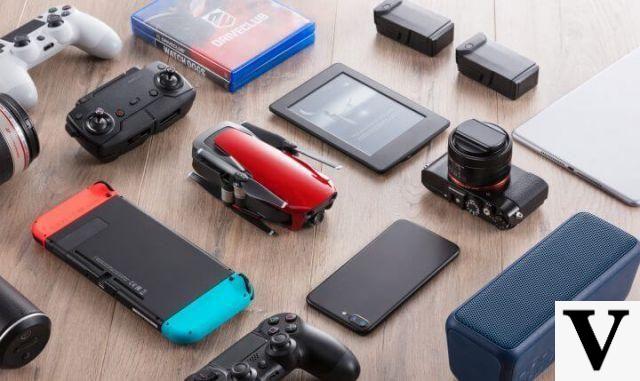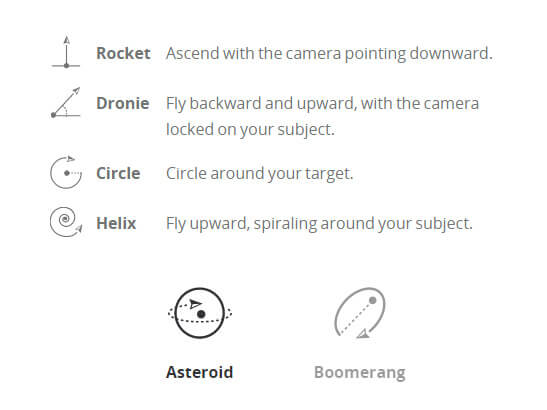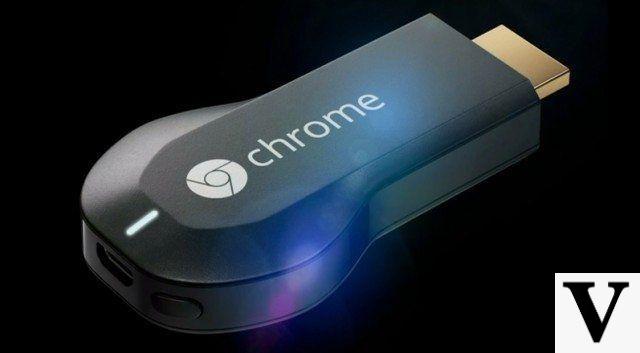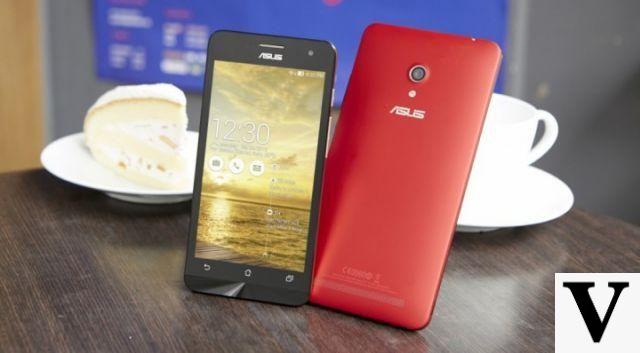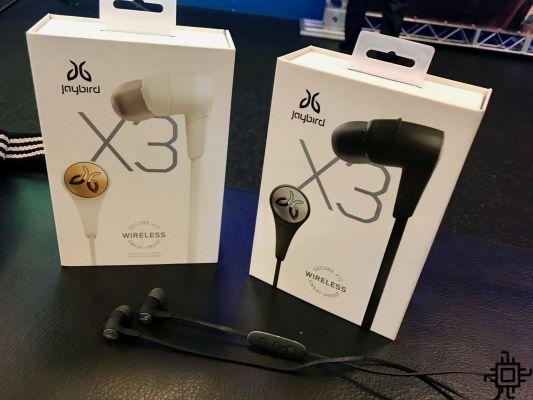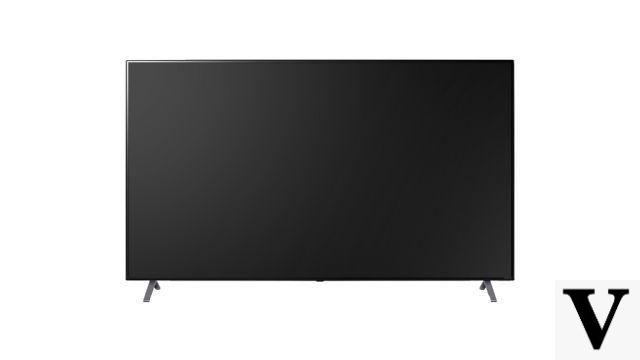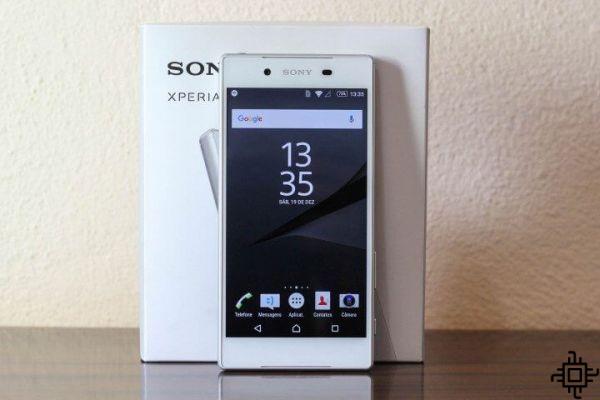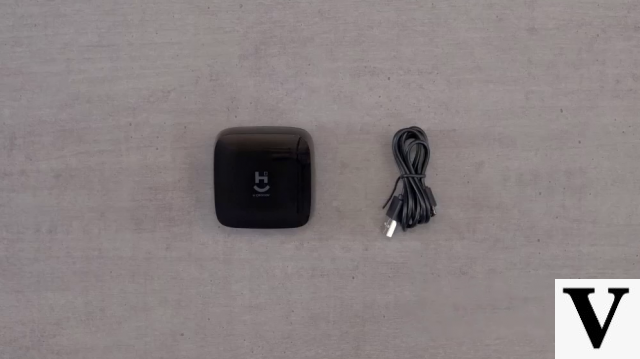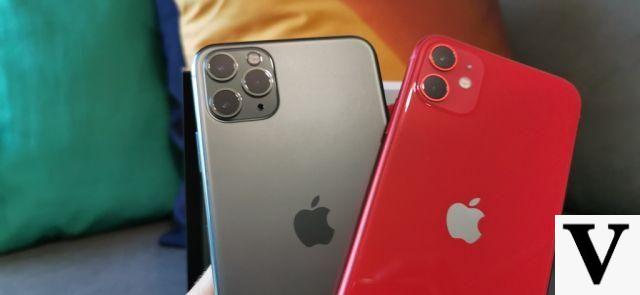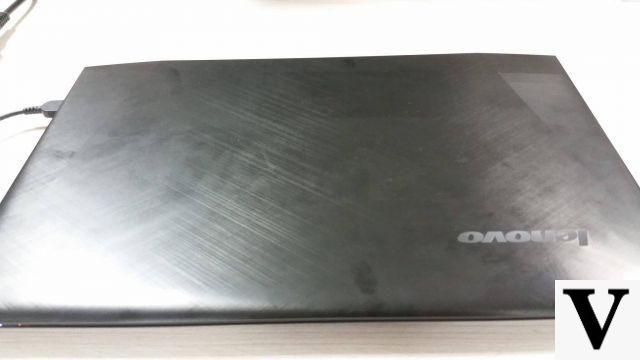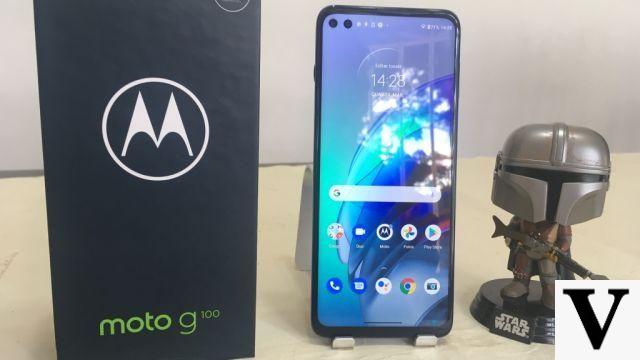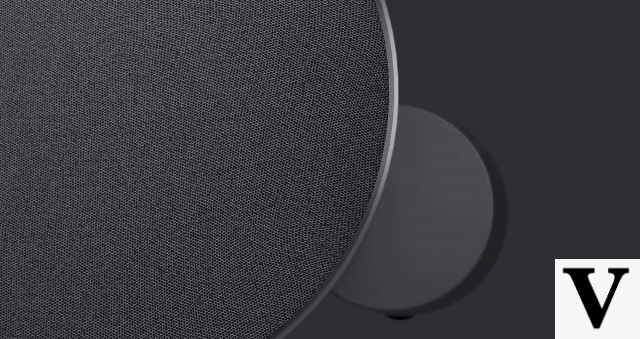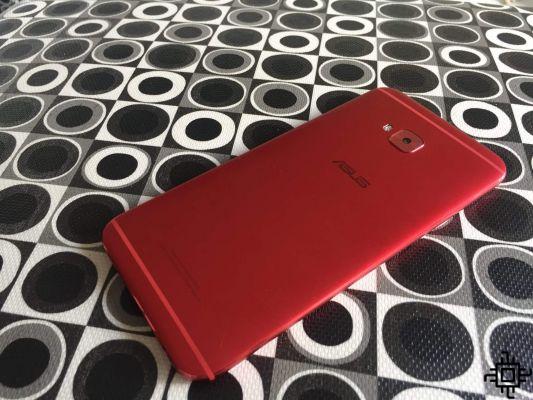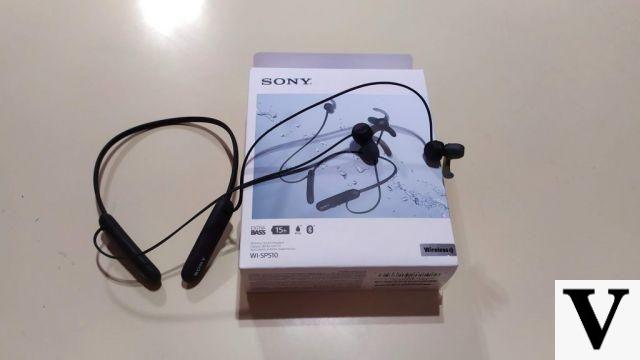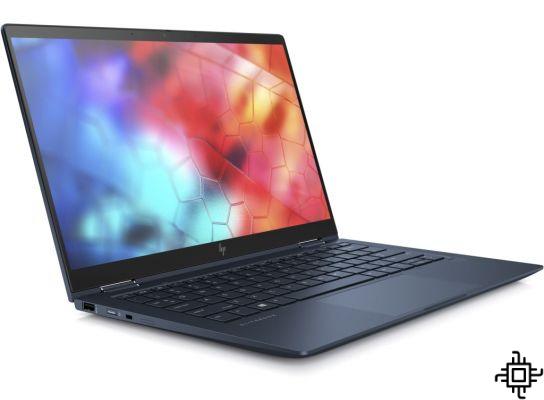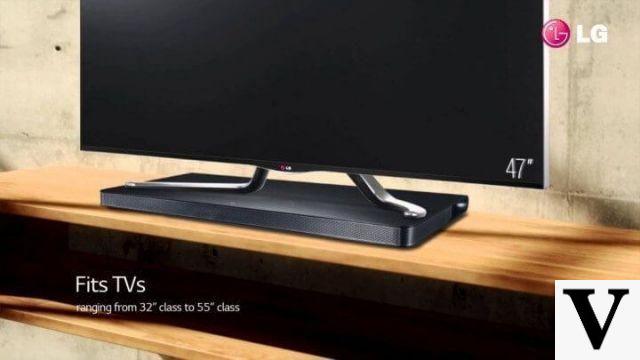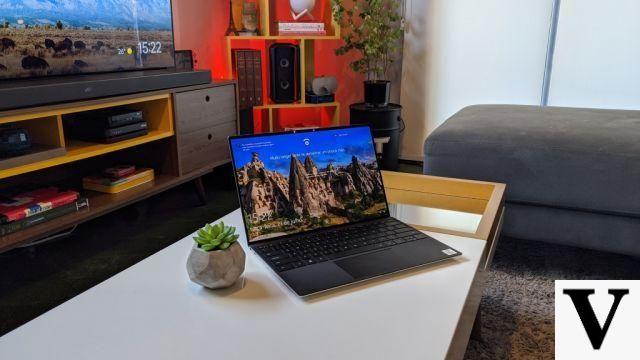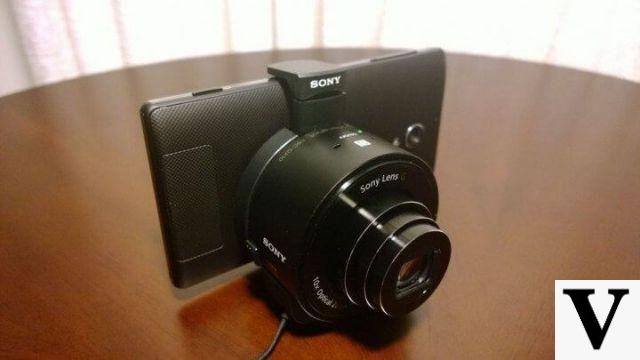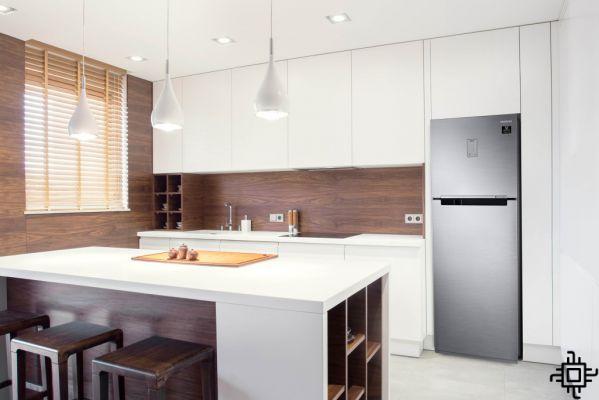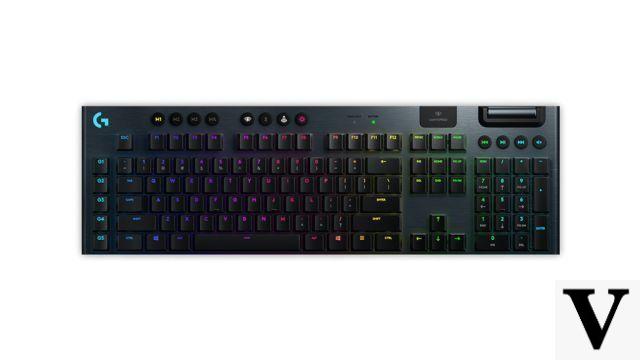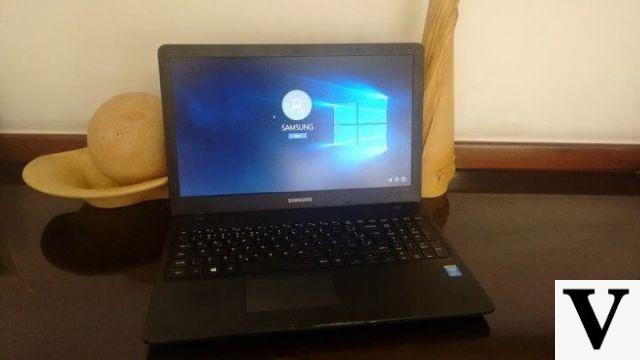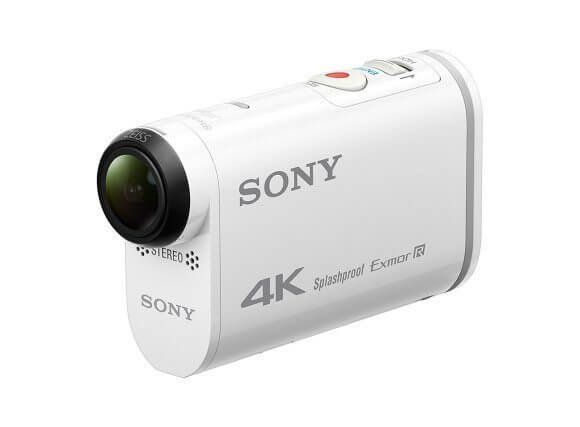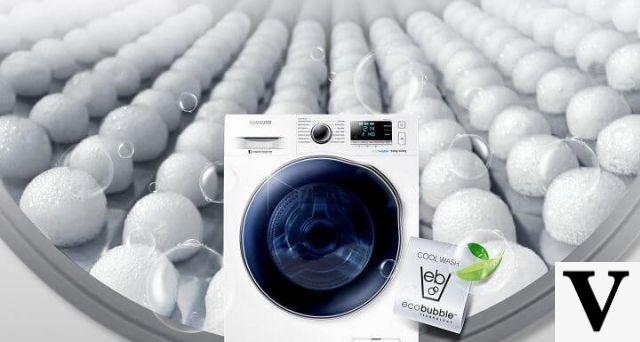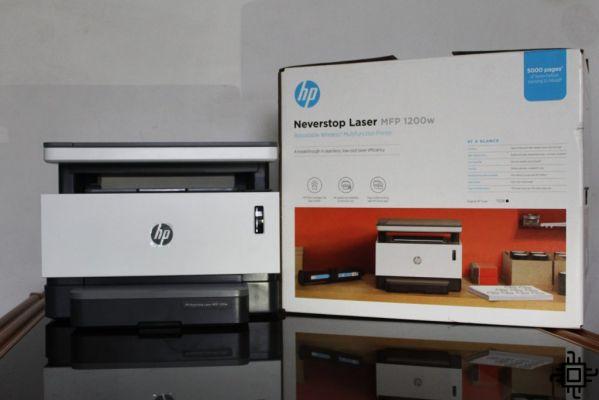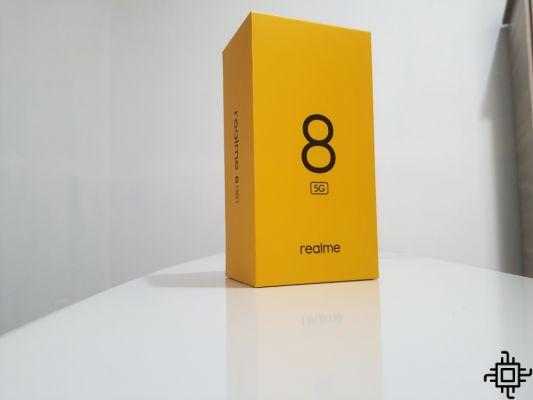Table of Contents
before the arrival of Mavic Air, the line of drones from DJI it was quite simple. we had the Spark, a fun drone, but almost a toy. This one was aimed at hobbyists, geeks interested in directing and filming with a small flying artifact on weekends.
Then came the Mavic Pro, aimed at sportsmen and youtubers who wanted to put aerial shots in their videos. Finally, at the top, we had the line Phantom. It is indicated for photo and video professionals, with much superior image capture capacity, autonomy and control precision.
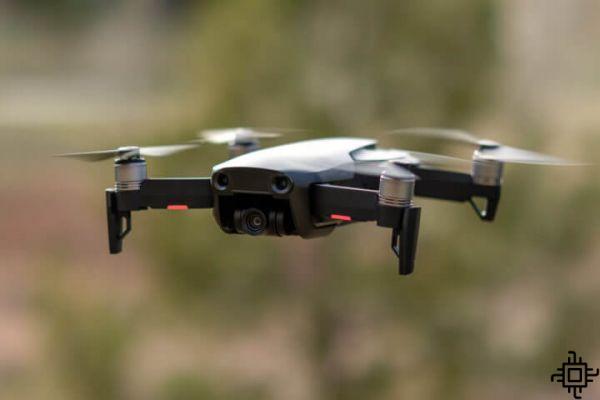
Your place in the DJI family
O Mavic Air came to tangle the midfield, with characteristics equal to or even superior to the Mavic Pro. In addition, it is much smaller and has expanded on fun functions found in Spark, such as gesture control. If you fit the Mavic Pro user profile, you can choose the Mavic Air without fear. It costs R$ 4.000, average. If you have a thousand reais more, instead of buying the Pro, invest in extra batteries.
One of the main differences between the two models is the autonomy time. It takes, on average, 18 minutes of flight for the Mavic Air against 25 minutes for the Pro. Another key difference is control. The Pro has an LCD screen that allows greater precision in navigation. Also, it has a connection type (OccuSync) that allows the drone to move away from you by up to 7km (versus only 4km for the Air).
That is, apart from these issues, the Air brings great advantages over the Pro, or at least comes very close to its characteristics. Without further ado, let's get to them.
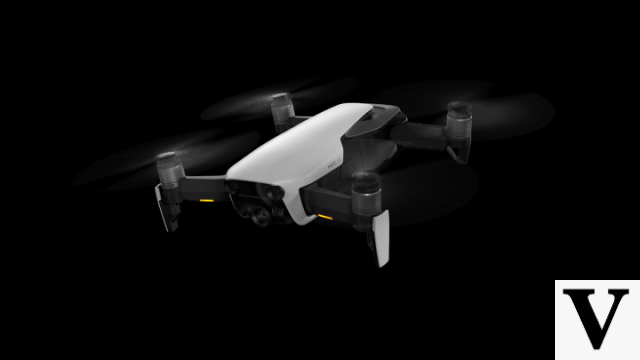
Design
Weighing less than half a kilo (430 grams) and just over a iPhone Xthe Mavic Air is a marvel of miniaturization. Even so, unlike cheaper minidrones, it is very easy to maneuver, with impressive stability. It's half the size of the Pro and 43% lighter, fitting into any backpack or even a coat pocket. One more reason for sportsmen or anyone who wants to take a drone on a trip.
All this miniaturization brought a small setback: the miniSD card was difficult to insert and remove in the tiny slot at the back of the drone. Those with chubby fingers will definitely have to add tweezers to their drone accessories.
Even so, the design is exquisite, reminiscent of a race car (it even has a red model). Usage is quite intuitive. Double press the battery button, the same with the power button on the controller, plug your smartphone into it, open the app DJI Go 4 (same for all company drones) and fly. In our tests, we had an unexplained issue (Error 200) after an app update, but it was easily resolved by restoring the drone to factory settings.
Internal memory
An exclusivity of Mavic Air is its 8GB internal memory. This is something that not even professional DJI models have (as of right now). So this is a huge step forward and will likely be incorporated into other models. One of the worst frustrations of those who film with a drone is to suddenly come across a MicroSD card that decides not to work overnight. Having 8GB of internal memory can save your project.
The controller that comes with the drone doesn't have the Mavic Pro's LCD screen, but it does bring some advances. Right away, what you notice are the separate microjoysticks, which need to be screwed into the controller. This makes the controller more portable.
For example, it lets you put the drone in one pocket of your pants and control it in the other, before climbing a hill or hiking. But it's good to be very careful not to lose the joystick in the woods, otherwise filming goodbye. Fortunately the product has two spares in the package. cell phone cables Android e iPhone are also in the package.
Control of the Mavic Air communicates with the drone via a sub-tech DJI Wi-Fi system OcuSync used in the Mavic Pro. However, this is only a disadvantage when you control the drone from a very long distance. This is not very common. In our tests, I didn't notice any communication issues with the drone. The images on the smartphone screen remained clear and fluid throughout. But, I didn't even get close to the limit of 4km of signal range.
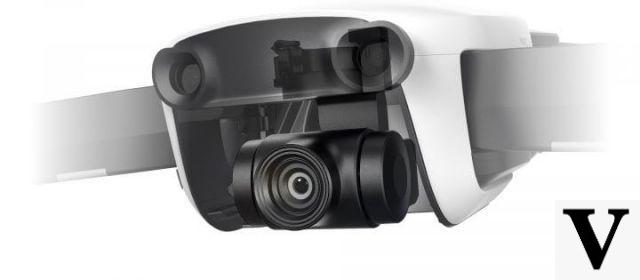
Camera
O Mavic Air takes 12 megapixel photos in RAW or JPG, allowing you to capture images with impressive definition. It has an ISO setting from 100 to 3200, multiple shooting mode of 7fps and panoramic mode capable of joining 25 images in a spherical photo of 33,6 megapixels, in addition to the traditional panorama in 180 degrees. It takes photos in HDR, a function that automatically merges several photos with different exposures to improve the result.
The little drone captures 4K video and can use a speed of 120fps when shooting in 1080p, making beautiful slow motion videos (the Mavic Pro camera takes videos at only 96 fps). In addition, the bitrate is also higher in Mavic Air, 120 mbps vs. 60 mbps on the Pro.
The Air's gimbal (camera stabilizer) has three axes, which allows you to make incredibly smooth movies without judder. I even used the drone as a “handheld steadycam” at a birthday party with great results. The case that protects the camera and gimbal is very easy to put on and take off, plus a point for the Mavic Air.
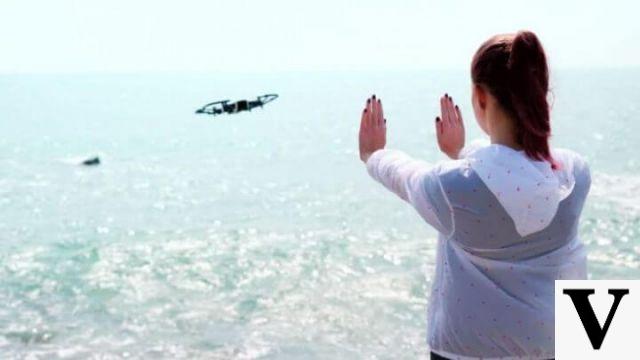
Gesture control
Impress your friends by controlling your drone using “The Force”. It is a joke that, with the Mavic Air, takes on a new level. The Mavic Pro already allowed you to shoot photos by making a square with your hands in front of the drone. Spark has increased gestural control, allowing you to fly the drone just by raising your hand in front of you (PalmLaunch). THE Mavic Air extended this control. It gives you the option to maneuver it by pulling it apart and putting your hands together. In addition, it allows you to take a selfie just by making the Peace & Love sign.
Quickshots
Among the Mavic Air's intelligent flight modes are Quickshots. They are pre-programmed filming routines where you only need to select an object for the drone to do the job. There are six QuickShot modes.
No Rocket, the drone goes up pointing the camera down. How Drone, it moves backwards focusing on the object. At the Circle it surrounds the object. in mode Helix, the drone goes up in a spiral. In turn, in Asteroid it moves away from the object and ends the recording creating the little planet/spherical panorama effect). Furthermore, in mode Boomerang, the drone goes up and down in a spiral.
You have to be very careful when choosing one of these modes. Automatic flight does not allow you to control the device to avoid possible obstacles on the way. Also, it's good to note that the Mavic Air has obstacle detection sensors at the front, below and at the rear, second only to the Phantom 4 Pro in number of sensors.
Conclusion
With Mavic Air, DJI has made things a little confusing for anyone looking to buy their first drone. However, this is a result of the company's agility, which launches drones with new technologies in a time equivalent to cell phone companies.
It is quite likely that a “Mavic Pro 2” will appear soon, increasing the distance between it and its smaller brother. It's remarkable the advances she's put into her models for the past two years. Even more remarkable is the speed with which it updates its software. In the few weeks of testing, I had to make several updates to the drone app and firmware. In other words, this raises a bigger concern – it's always good to check for firmware and application updates before going out in the field. On the other hand, it gives you the security that your drone will always comply with current legislation.
Can you recommend the Mavic Air no fear for anyone interested in taking aerial photos and videos. Its image quality, range and stability are excellent. For those who need more quality – photos for print or videos for TV, for example – it's best to go straight to the Phantom Pro. But the versatility combined with some extra features of the Air pleases a lot.



